 Can we do more for less? Each introduction of technological tool will increase cost? If we are to reduce the time of patient waiting for a doctor is to be taken up, it means to use technology and that translates into cost. We have so much technology but the average Indian still believes that he needs to interact with a doctor in person and only then he feels he gets good treatment. This and many more issues that caught the attention of speakers at the APAC HealthTech Innovation Conclave that got underway here on Monday.
Can we do more for less? Each introduction of technological tool will increase cost? If we are to reduce the time of patient waiting for a doctor is to be taken up, it means to use technology and that translates into cost. We have so much technology but the average Indian still believes that he needs to interact with a doctor in person and only then he feels he gets good treatment. This and many more issues that caught the attention of speakers at the APAC HealthTech Innovation Conclave that got underway here on Monday.
The chief guest of the virtual conclave, T S Singh Deo, Health Minister, Chhattisgarh set the tone for the conclave during the inaugural session when he said that there were important issues such as privacy and how to make technology available to the large section of society. Affirming a similar view, Prof. (Dr.) Nitin M. Nagarkar, Director and CEO, AIIMS, Raipur said, “Everyone be it the West or developing countries all need healthcare and low cost care is needed. Large swathes telemedicine, telepathology is needed in large swathes of rural areas in the country and teleconsultation has huge role to play.”

Technology when harnessed does help said Kamal Arora, Public Sector Head – Dell Technologies and added, “46 per cent believe that we would be more productive with use of technology. Core IT data transformation, IoT devices for precision medication, digital pathology can give real value to healthcare.” “Patients can get consistency of data and transparency will ensure that all would be benefitted.”

Dr. Neeta Verma, Director General, NIC, Government of India explained how Aarogya Setu App made it possible to reach out to people. She said, “Availability of healthcare in rural areas through conventional ways will take a lot of time. Technology can leapfrog this journey. Once can book vaccination through Aarogya Setu App. Technology will play a huge role in healthcare. ” She further added, “”We need to upgrade health infrastructure. Hospitals would leverage and upgrade IT infrastructure, access to health record of patients. e-hospital management software at NIC goes a long way in this end.”
Stating that technology was always there, especially in healthcare but how effectively one can use it was the moot point said Dr Rathan Kelkar IAS, Mission Director, National Health Mission, Government of Kerala. “One health concept that has come from WHO is welcome. We can work on one single platform which cuts across sectors to manage public health. Health cannot stand in silo,” he said.
 “Augnito has developed the first voice recognition system in India. India is open to digital delivery models and it feels great to be involved in the region. Voice user interface is the next leap in healthcare,” said Rustom Lawyer, Co-Founder & CEO, Augnito. Voice biomarkers are a technique to detect diseases through the sound of one’s voice.
“Augnito has developed the first voice recognition system in India. India is open to digital delivery models and it feels great to be involved in the region. Voice user interface is the next leap in healthcare,” said Rustom Lawyer, Co-Founder & CEO, Augnito. Voice biomarkers are a technique to detect diseases through the sound of one’s voice.
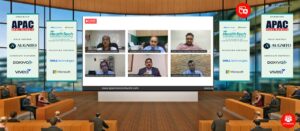
“One thing that is consistent is we see always patients waiting for doctors. In am in-patient set-up, nurses, doctors and patients on the other side. If we can help physicians do their work better we could do well. How do we capture every disparate system?” said Piyush Arya, Chief Growth Officer, Augnito.




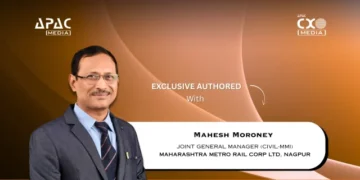
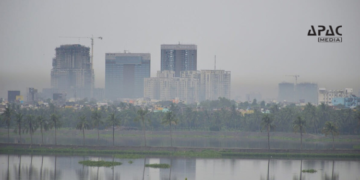

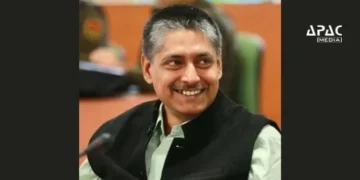
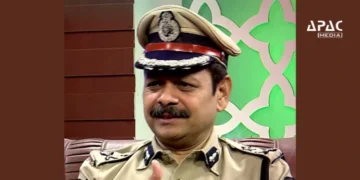
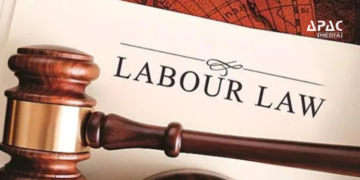

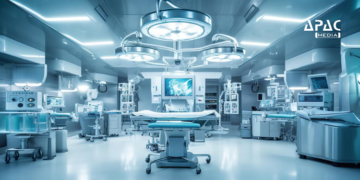
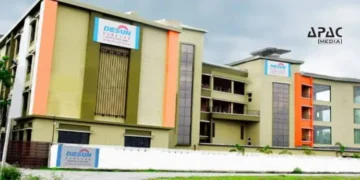
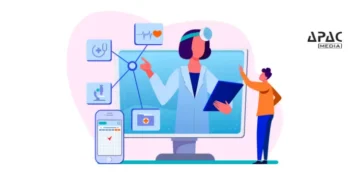





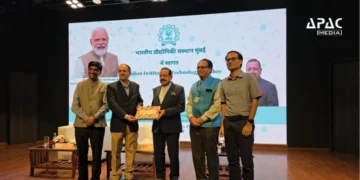
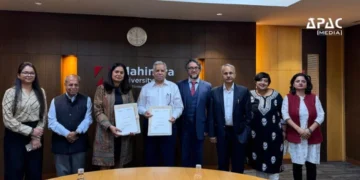
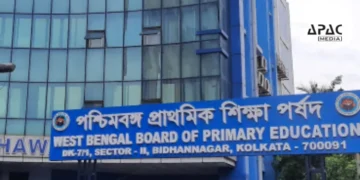


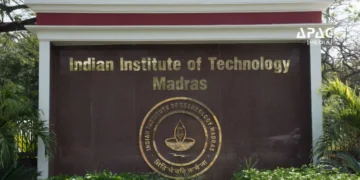








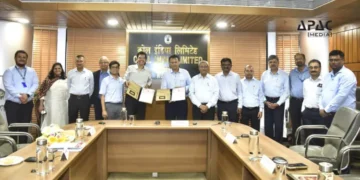
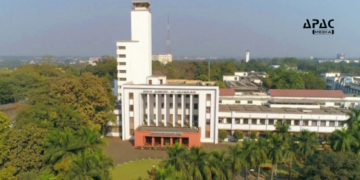
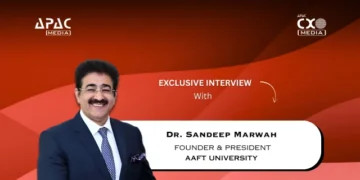
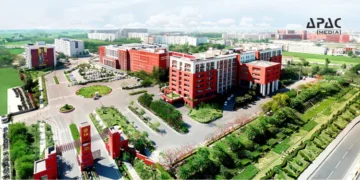

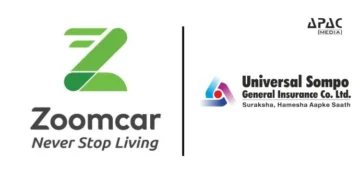



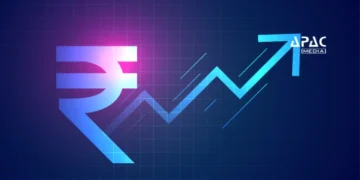


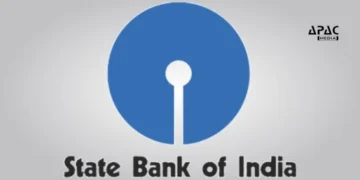

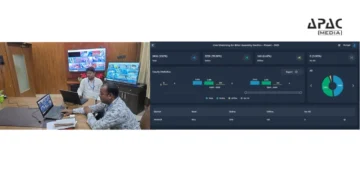
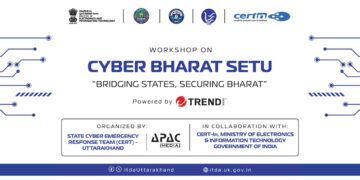
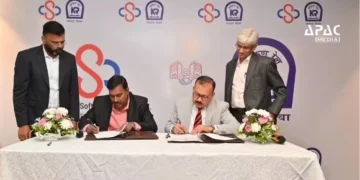
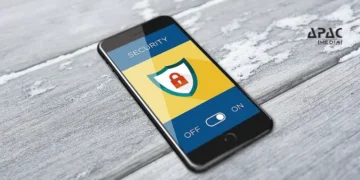

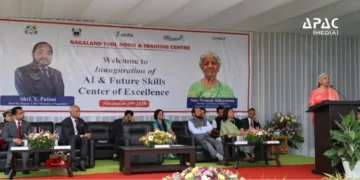




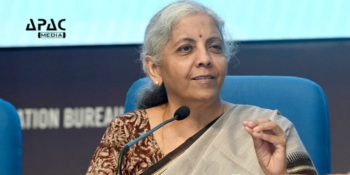



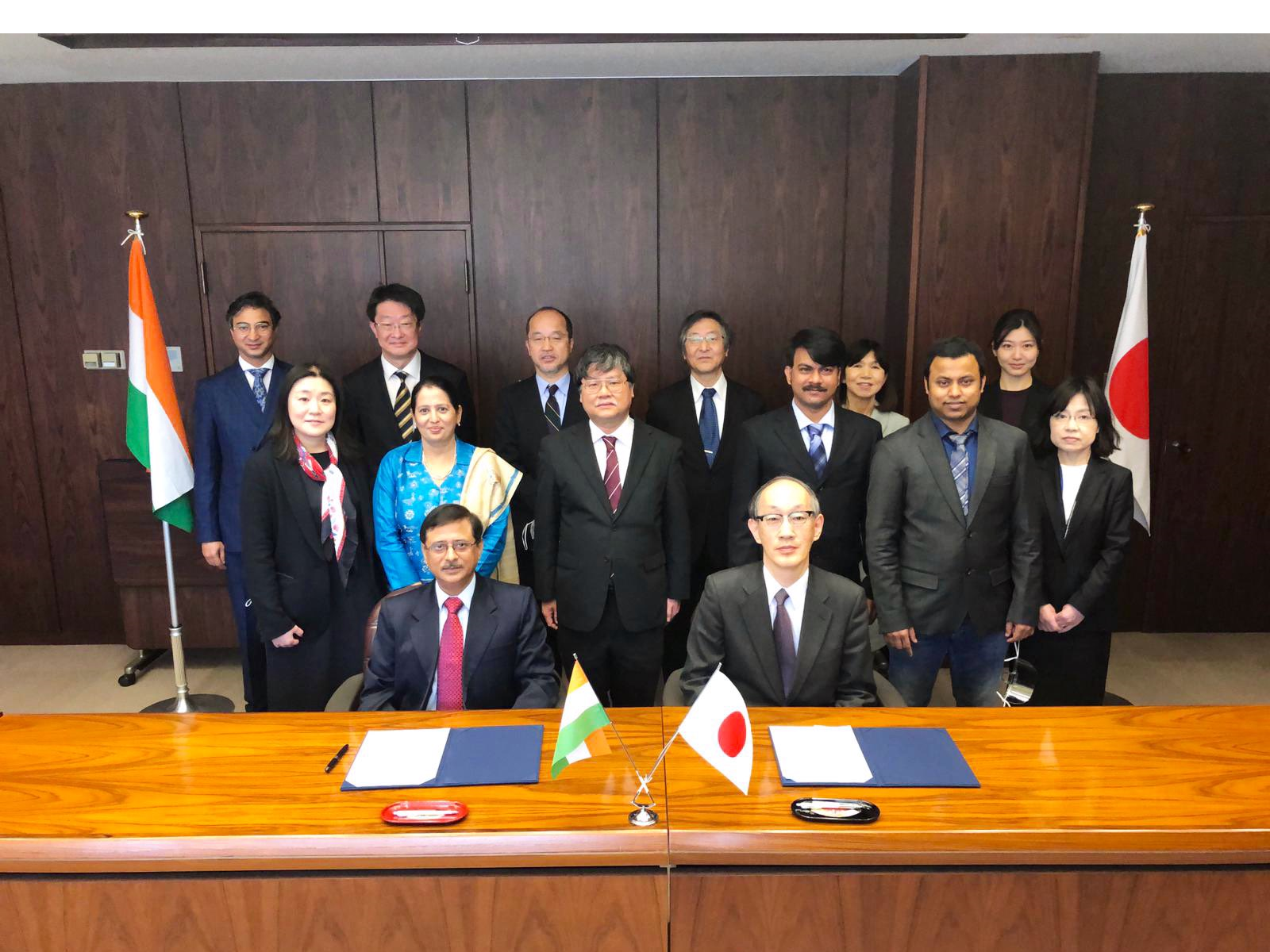








Discussion about this post